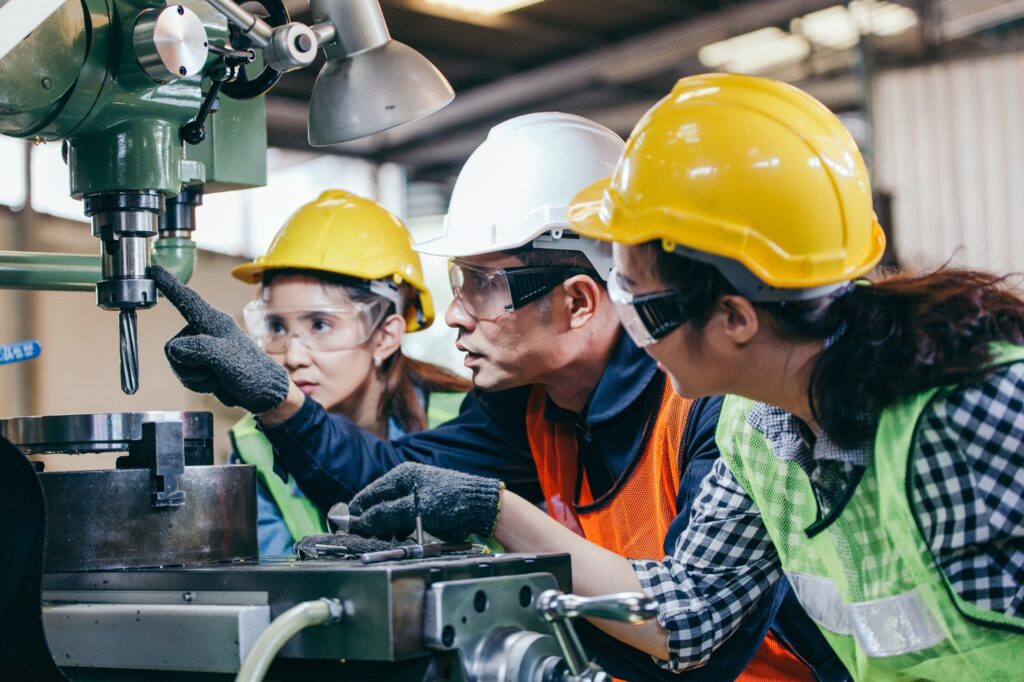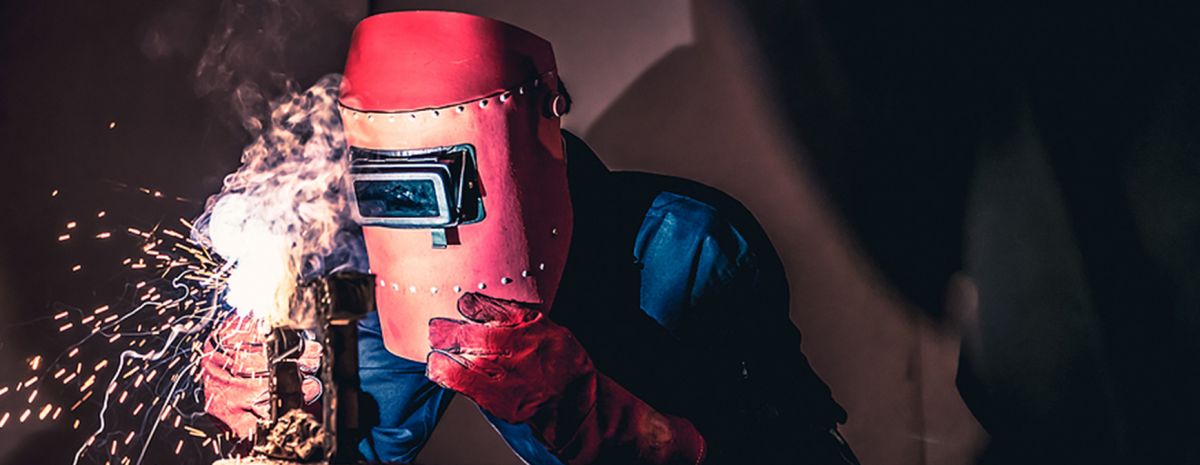TWS is a Great Training Option for Everyone
Learn more about how we can prepare you to advance your career.
Are you ready to become a welder and have a passion for aviation? Did you know that you can become a welder that works on light aircraft, airplanes, and helicopters? In as little as 7 months, you can be ready to start an apprenticeship as an aviation welder.
Tulsa Welding School offers programs at our Tulsa, OK, Jacksonville, FL, Houston, TX, and Dallas Metro campuses. In addition to classroom lectures, you will get hands-on experience in interactive workshops and welding booths. Upon completion of the program, you have the option of becoming an aviation welder or choosing one of the other welding roles that are common for graduates of a professional welding program. So, what does an aviation welder do?
What Does an Aviation Welder Do?
Aviation welders fabricate and repair aircraft metals using welding techniques like gas, tungsten, and arc welding.. Aviation Welders do the following:
Inspect Metal Components – an aviation welder looks for cracks, buckling and warping of metal and applies the welding solutions. During the welding program, you will also learn about different non-destructive testing methods to test welds for strength or defects.
Have You Considered a Career in the Skilled Trades?
Fill out the form to recieve a no obligation info packet.
Work with Different Metals – an aviation welder will heat to melt different metal into a joint. Some of the welding alloys that an aviation welder will work with include titanium, steel, aluminum, cobalt, nickel, chromium, superalloys, and carbon steel.
Operating Tools to Fix Aircraft – use welding tools like blowtorches, automatic welders, arc welders, MIG machines, TIG machines, welding magnets, C clamps, angle grinder, chipping hammer, sheet metal gauge, welding helmet, safety glasses, gloves, boots, and other protection equipment.
Aviation Welders use Welding Techniques like:
TIG Welding – tungsten inert gas welding or GTAW, uses a non-consumable tungsten electrode that delivers the current to the welding arc.
MIG Welding – metal inert gas welding, an arc welding process that uses a continuous solid wire electrode heated and fed into the welding pool. The materials are welded together forming a joint.

New: Industrial Maintenance
Learn About Our New Advanced Industrial Maintenance Program
Tulsa Welding School is proud to announce our newest program offering available at our Houston & Dallas Metro Campuses – Advanced Industrial Maintenance Technology! Learn the skills you need to take on the industries of manufacturing, distribution, energy production and facility maintenance in as few as 7 months.
Laser Welding – a process used to join metals using a laser beam.
Plasma Welding – an arc welding process that forms an arc between a pointed tungsten electrode and the work metal.
Important Skills of an Aviation Welder
To become an aviation welder, you will need to hone important skills that will prepare you for the day-to-day role. If you haven’t already mastered these skills, don’t worry. You will have plenty of time to hone your skills and get mentorship from instructors during our Professional Welder Program at TWS. The important skills for aviation welding include:
Dexterity – this skill helps aviation welders use their fingers and hands to coordinate fine tasks like welding.
Stamina – an aviation welder will need to do physical work for long periods of time. Having the stamina to weld for hours at a time is an important skill.
Attention to Detail – the ability to complete a task while focusing on all areas of the welding techniques, regardless of how small the details are. Even one small crack or warped piece of metal can cause catastrophic consequences.
Critical Thinking – the aviation welder must be able to understand the problem and come up with the best welding solution out of all the possible solutions available. When welding materials together, it is important to know the different types of welding techniques that can be used to create the proper weld.
Patience – welding takes time and doing it too quickly or having the heat too high can cause issues with the weld. Having the patience to use the proper welding technique and the right temperature will produce the best welding results.
Want to Learn More?
Interested in learning how to obtain a welding diploma? The Professional Welder program at Tulsa Welding School starts by helping you learn what it’s really like to be a welder: in interactive workshop courses and welding booths. In as little as seven months, you’ll be trained in structural welding, flux core welding and pipe welding. You’ll also be prepared to excel in job interviews and welding tests for various certifications.
Read about the types of welding careers you can pursue with your welding skills. Ready to start a Professional Welding program? Contact us today.
This blog has been labeled as archived as it may no longer contain the most up-to-date data. For a list of all current blog posts, please visit our blog homepage at https://www.tws.edu/blog/







